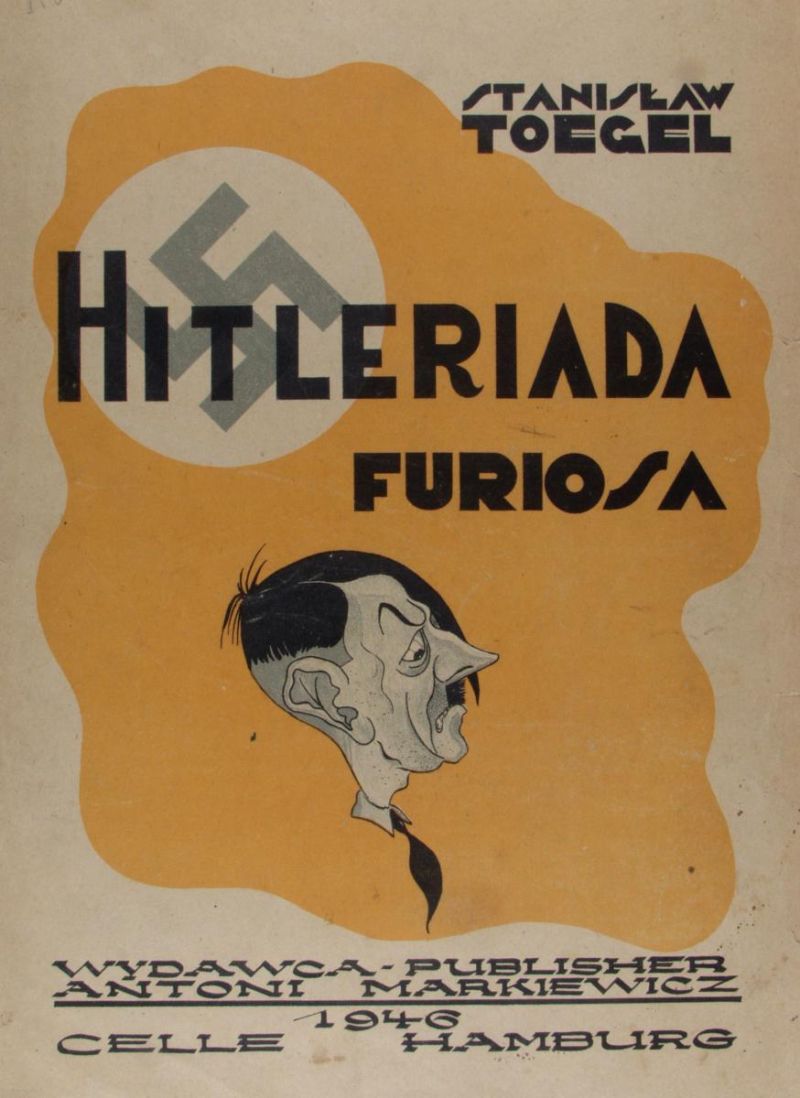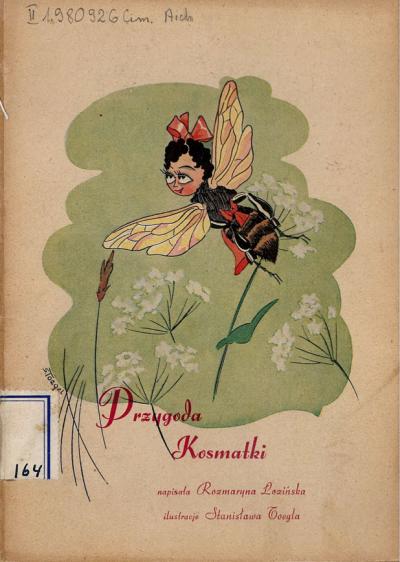Stanisław Toegel
Mediathek Sorted


![ill. 3: Camp newspaper „Słowo Polskie” [Polish Word] ill. 3: Camp newspaper „Słowo Polskie” [Polish Word] - Front page, No. 3, 1 September 1945, DP camp in Osnabrück.](/sites/default/files/styles/width_100_tiles/public/assets/images/3_lagerzeitung_1945.jpg?itok=mV-R5sE6)

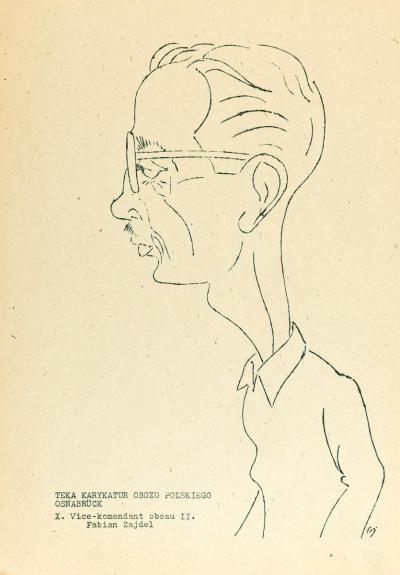
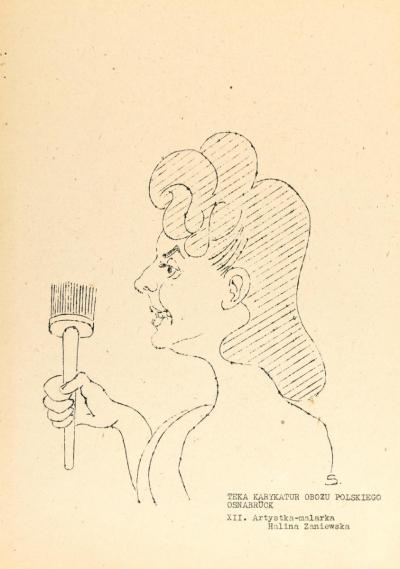
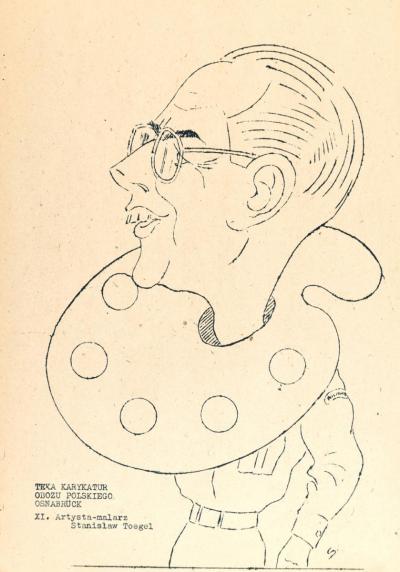
![ill. 8: Camp newspaper ‘Nasze Życie’ [Our Life] - Polish Weekly, no. 7, 21st February 1946, DP Camp Lippstadt. ill. 8: Camp newspaper ‘Nasze Życie’ [Our Life] - Polish Weekly, no. 7, 21st February 1946, DP Camp Lippstadt. - Title page with caricature, presumably of the British camp commander.](/sites/default/files/styles/width_100_tiles/public/assets/images/8_lagerzeitung_1946.jpg?itok=51rOVXDD)
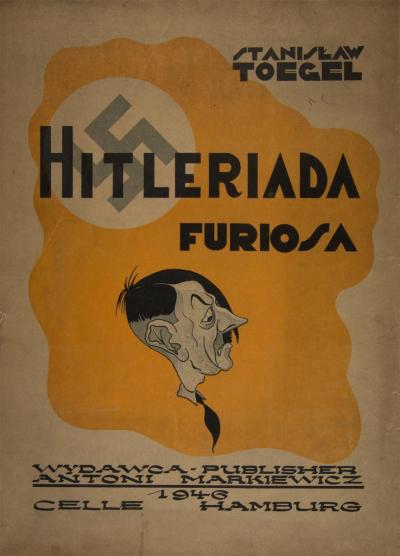

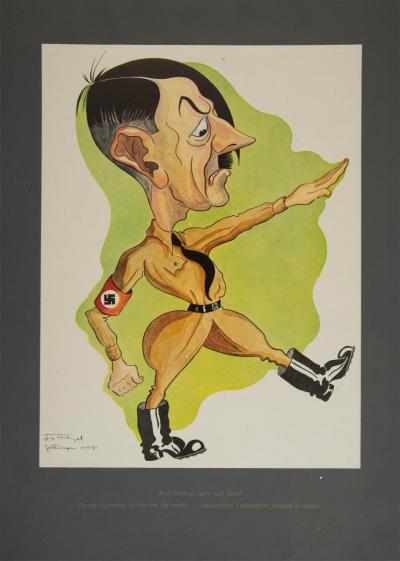
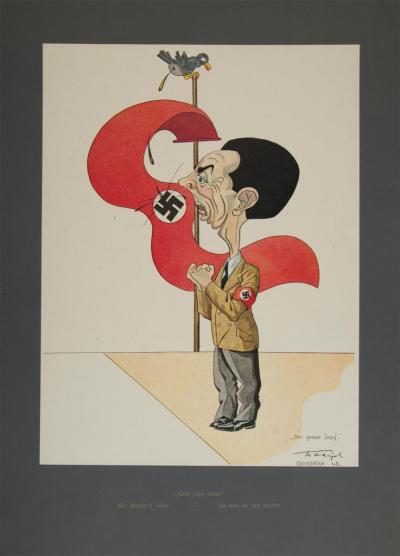
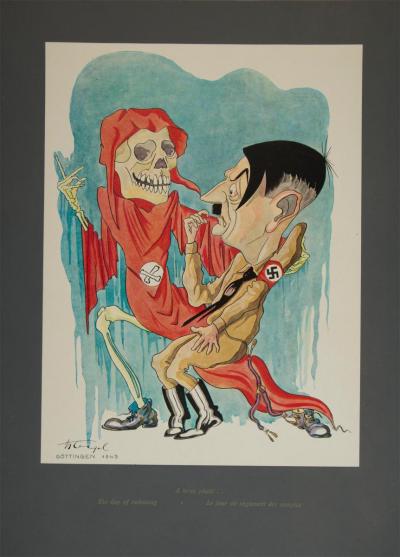

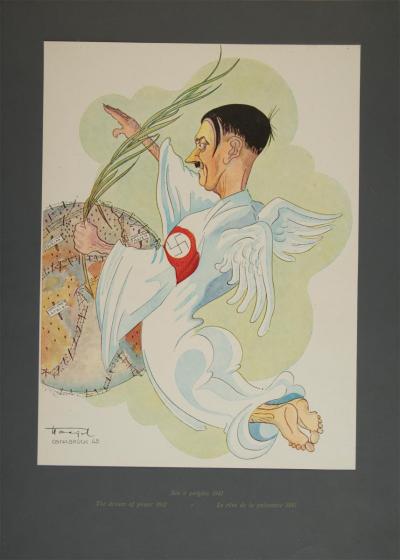
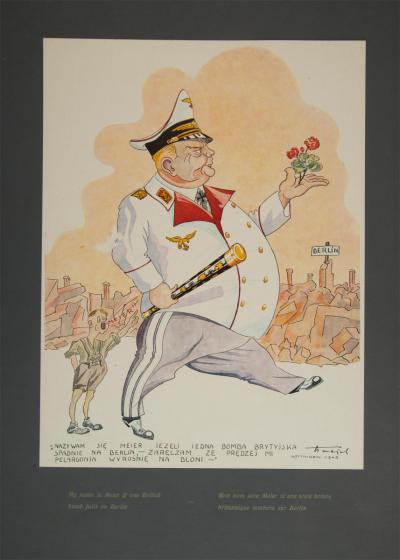
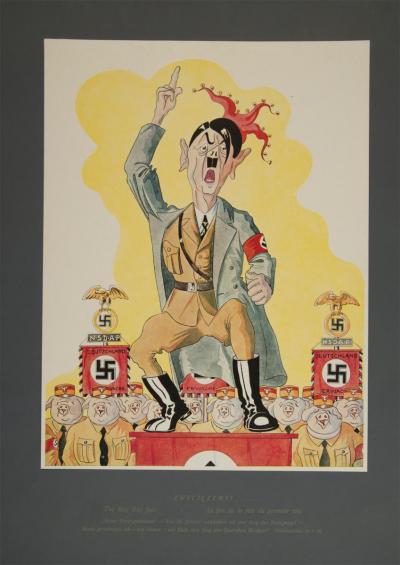
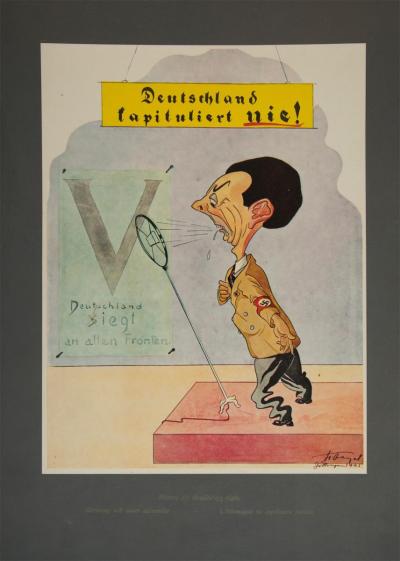
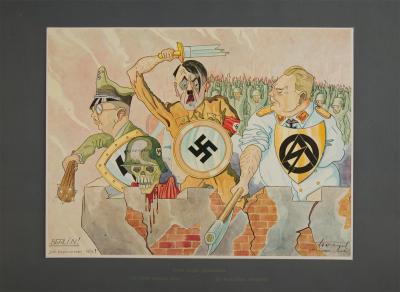


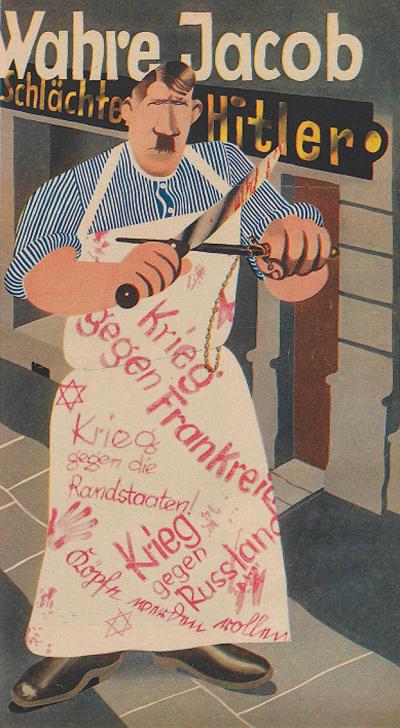
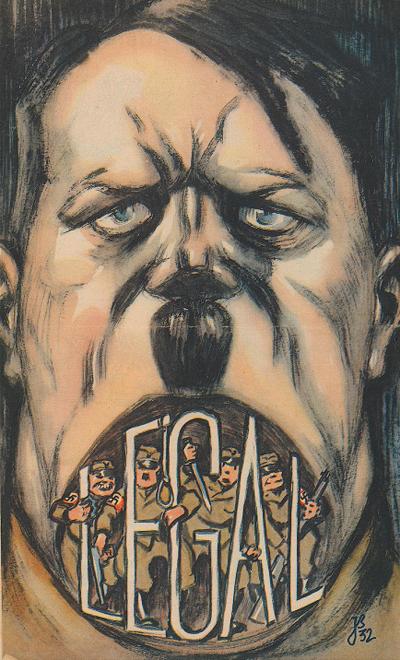
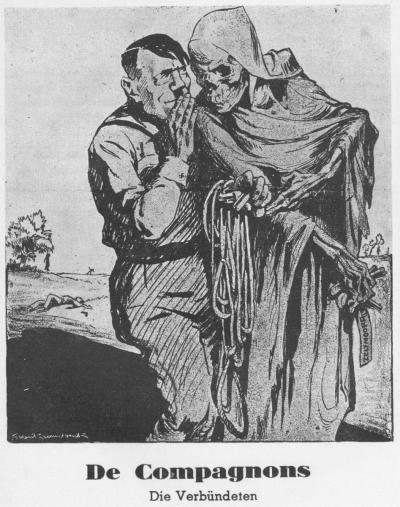

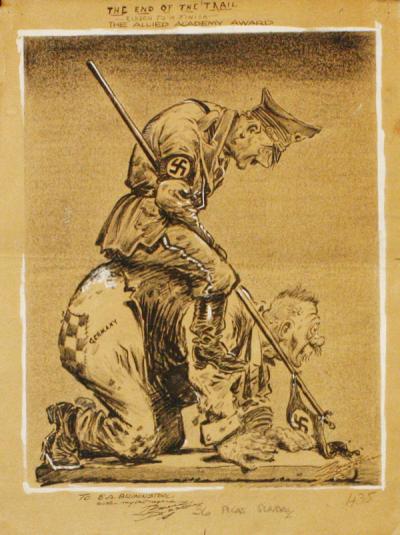
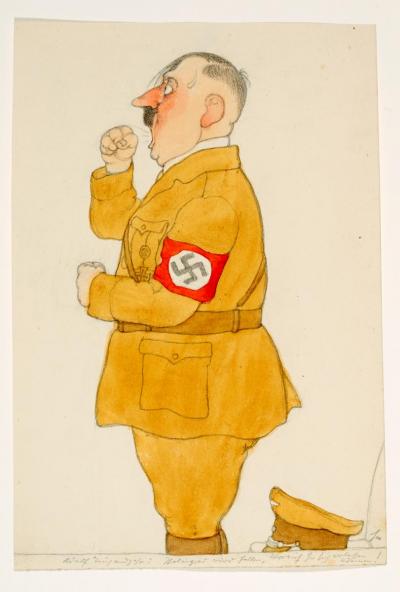
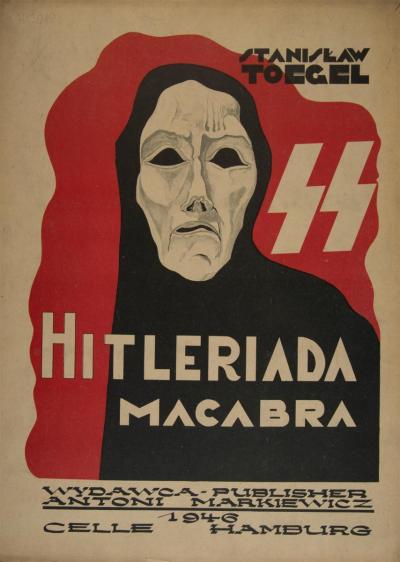

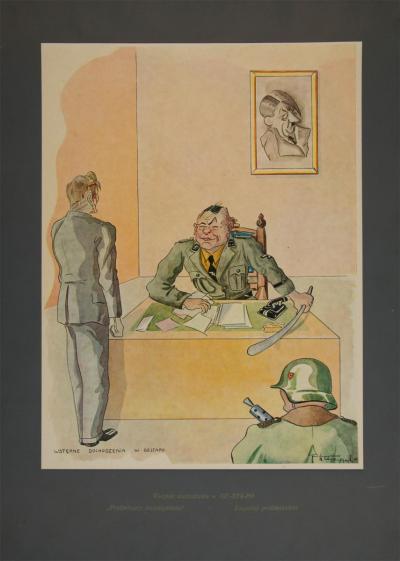
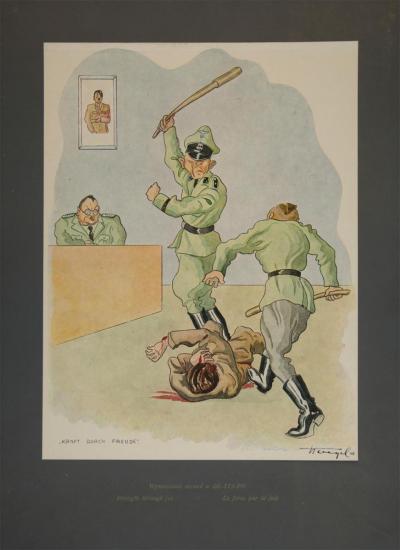
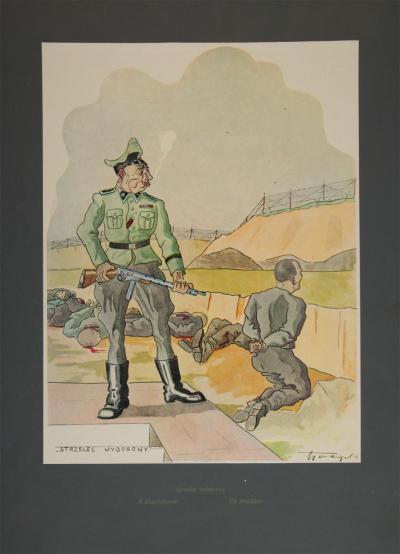
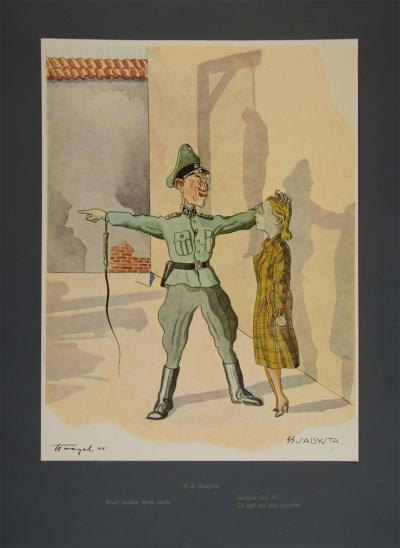
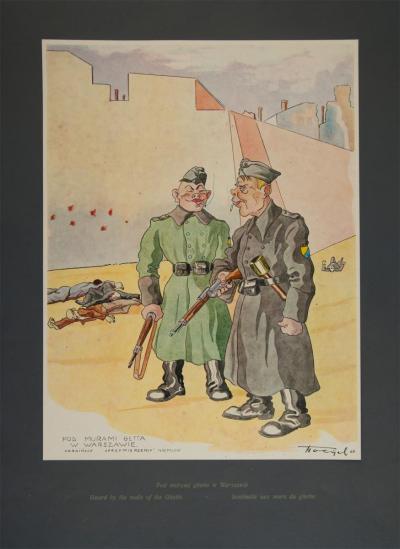
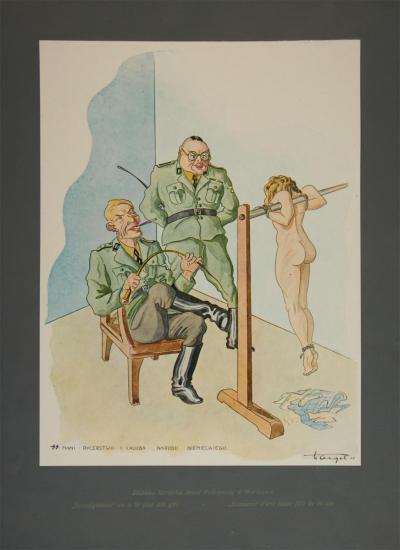
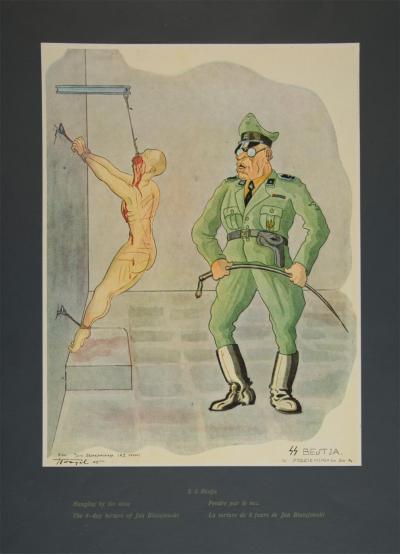
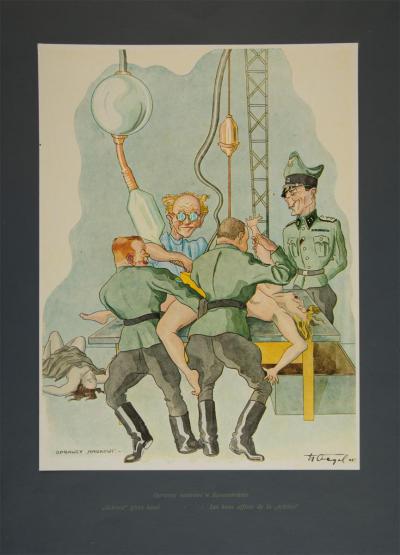
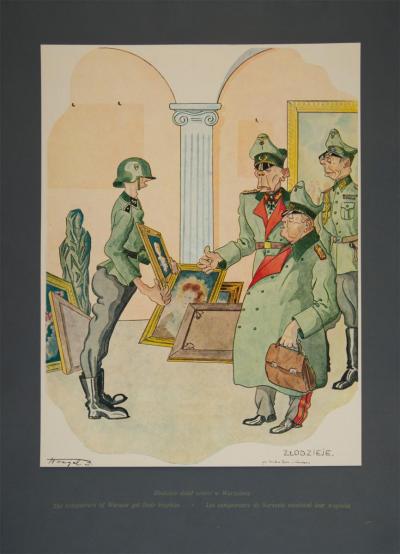
![ill. 11/1: Polski wojak na obczyźnie [The Polish soldier abroad] ill. 11/1: Polski wojak na obczyźnie [The Polish soldier abroad] - Cover. Published by Antoni Markiewicz, Celle 1946. Offset lithographs on dark grey passe-partout, 32.5 x 24.5 cm.](/sites/default/files/styles/width_100_tiles/public/assets/images/11_1_polski_wojak.jpg?itok=Ml04Vtju)
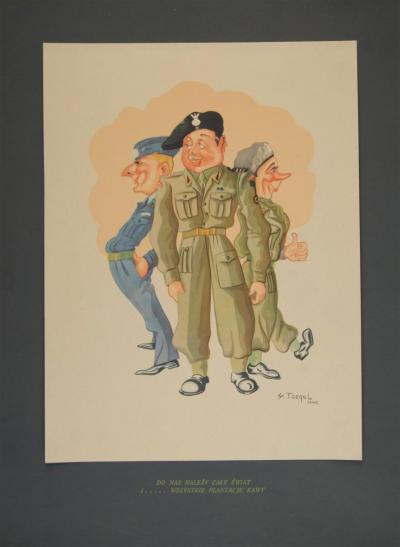

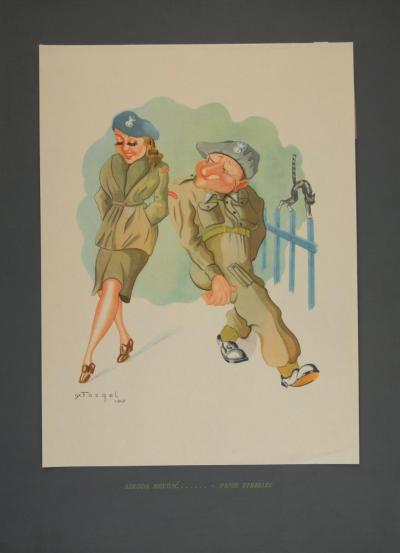
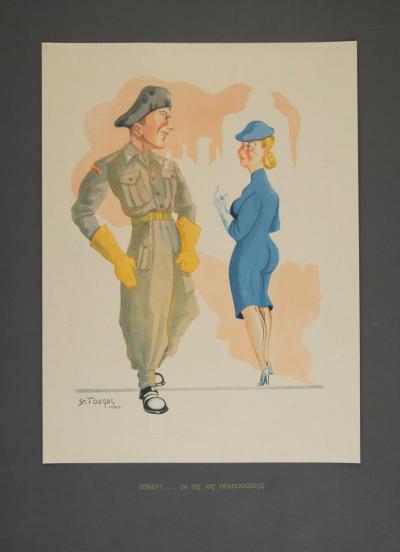
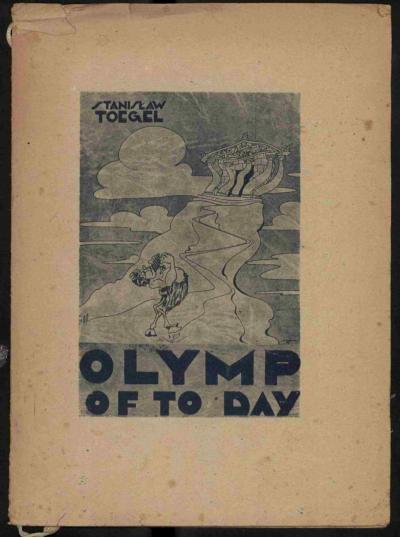
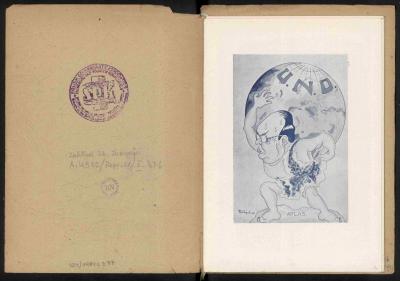
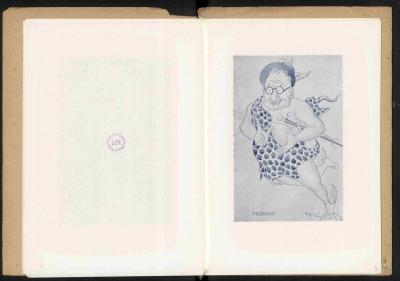
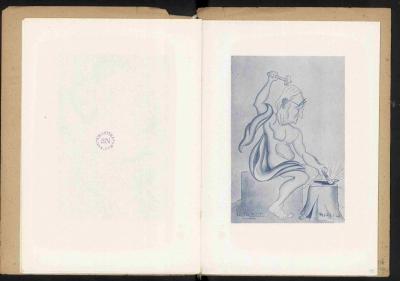

![ill. 14: Poster for the exhibition ‘Karykatury wojenne i polityczne’ [War and Political Caricatures] ill. 14: Poster for the exhibition ‘Karykatury wojenne i polityczne’ [War and Political Caricatures] - With posters by Stanisław Toegel in the Upper Silesian Museum in Bytom.](/sites/default/files/styles/width_100_tiles/public/assets/images/14_plakat_2015_bytom.jpg?itok=Oqh9ZRer)

Stanisław Toegel - Hörspiel von "COSMO Radio po polsku" auf Deutsch

At the end of the war Toegel moved to a camp for displaced persons that had been erected by the British occupying forces in Osnabrück. Displaced persons were civilians who were stranded outside their home countries as a result of the war and Nazi brutalities and were unable to return home or wanted to settle in another country. Most of these were former prisoners of war, and internees in concentration camps. In Osnabrück three DP camps, erected in September and October 1945, housed Polish citizens: the DP-Assembly Centre, the DP-Camp “Fernblick” and the Polish Collection and Repatriation Point. In one of these camps Toegel worked on the camp newspaper Słowo Polskie (Engl. Polish Word), for which he created the title design (recognisable from the signature “S”) (ill. 3), along with a Hitler-caricature (ill. 4) and caricatures of the camp deputy commander, Fabian Zajdel (ill. 5), the painter Halina Zaniewska (ill. 6) and himself (ill. 7). He made a caricature (probably of the British camp commander), consciously and confidently signed “SToegel (ill. 8), for the title page of the Polish weekly paper, Nasze Życie (Engl. Our Life), that was published in the DP camp in Lippstadt.
Above all he completed his series “Hitleriada furiosa” during his time in Osnabrück . The sheets not created in the forced labour camp in Göttingen all bore the note “Osnabrück 1945” (ill. 9/4, 9/6, 9/7, 9/13). In the subsequent series, “Hitleriada macabre”, only the first sheet is dated “Göttingen” (ill. 10/2), and there is no mention of any place in any of the other sheets. It is difficult to accept that the caricatures dated “Göttingen” are really the originals sketched “secretly and in haste” and later painted in water colour. The printed caricatures in both series are based on carefully executed drawings which were then painted in water colours: the dating “Göttingen 1945” simply refers to the place where he got the idea and made his initial sketches.
Both series had an offset lithograph print run of 1,450. They were printed by the Graphischer Kunstanstalt und Offsetdruckerei Emil Falke in Hamburg and marketed by the old-established Drucksachen-Handel F. W. Döbereiner in the Hamburg suburb of Groß Flottbek. The publisher and copyright holder was Antoni Markiewicz in Celle (ill. 9/1, 10/1), who was probably also a former internee in the DP camp in Osnabrück. His publishing house in Celle was clearly one of many Polish publishing houses and bookshops founded by Polish DPS after 1945. For at the end of the war there were around 1,200,000 Poles in Germany who thirsted for printed matter. Alongside Toegel`s three volumes of caricatures Markiewicz only published one book of English grammar and a book by Julian Suski (1896-1978) entitled “Rzeczpospolita” before disappearing from the scene in 1946.
In his series “Hitleriada furiosa” Toegel’s caricatures celebrate the victory over the Nazi dictatorship by lampooning the megalomaniac fantasies of the Nazi leaders. In “Germania furiosa” (i.e. crazed Germania), he personifies Germany as a scantily dressed podgy revue dancer with a steel helmet and blood-stained dagger posing on a V for “Victory“, against a background of falling grenades, with traitors and deserters from their own ranks hanging from gallows in the ruins of a city. (ill. 9/2). An aged, skinny Hitler practices the goosestep (ill. 9/3) and a dwarf-like Goebbels (“the great Josef”) exhorts his audience to hold out, whilst a bird is shitting on a swastika. (ill. 9/4). A slobbering Goebbels with trembling knees proclaims “Germany will never capitulate!” (ill. 9/10). A desperate dithering Hitler receives the news of the day of reckoning in the lap of the Grim Reaper (ill. 9/5), whilst sailing on a stormy sea with Himmler towards their doom on a barrel with tattered German war flags and the name “Deutsches Reich”. (ill. 9/6). Hitler, dressed as a supposed angel of peace hovers over a globe strewn with concentration camps (ill. 9/7) and, clad in a fool’s cap, harangues a crowd of Nazi Brown Shirts with pigs heads during a speech on the 1st May. (ill. 9/9). Hitler, Himmler and Göring dressed as Germanic gods and armed with sword, club and axe, defend Berlin against a background of their own capitulating troops, whilst blood pours off the skeleton of “Germania” (ill. 9/11). Finally Hitler sits weeping on the ruins of the Reichskanzlei (ill. 9/12). Göring, ridiculed as “Hermann Meier” in his typical white uniform is lampooned for the empty phrase ascribed to him “You can call me Meier, if just one single enemy aeroplane appears over Germany.” (ill. 9/8) Finally he appears at Nuremberg War Crimes Trial as an innocent lamb.




















































































